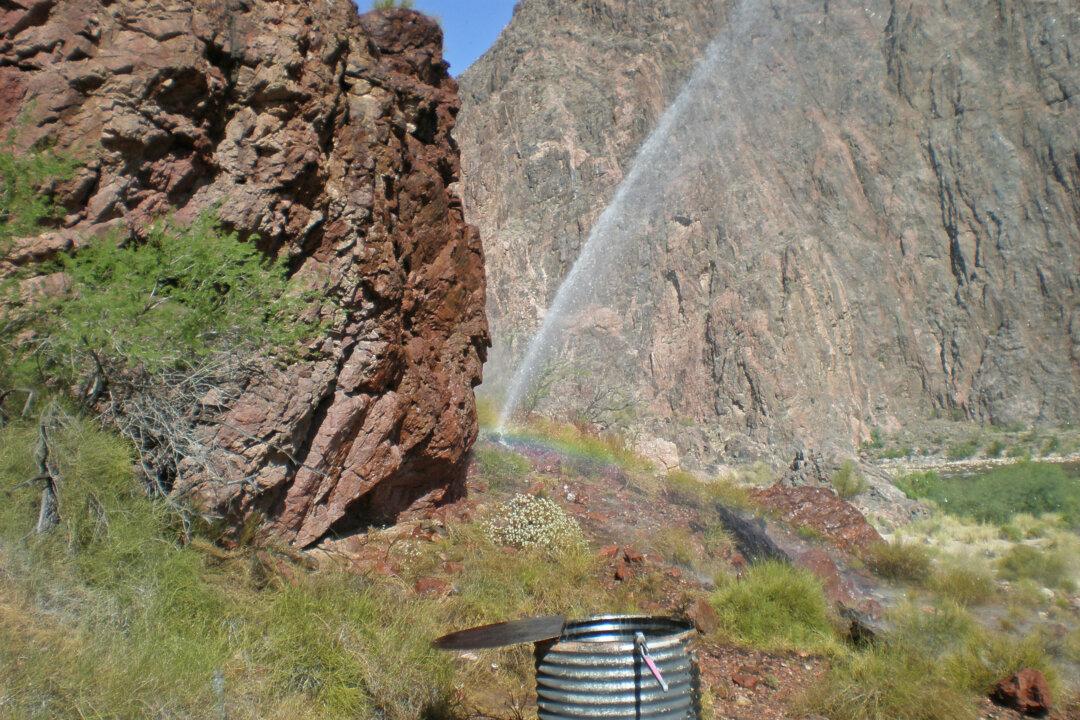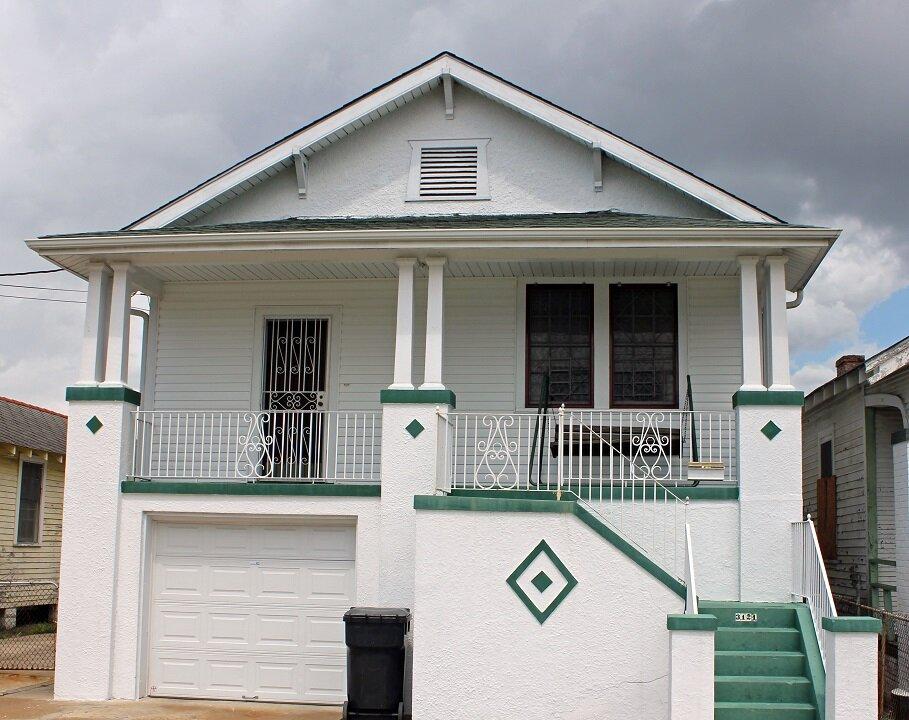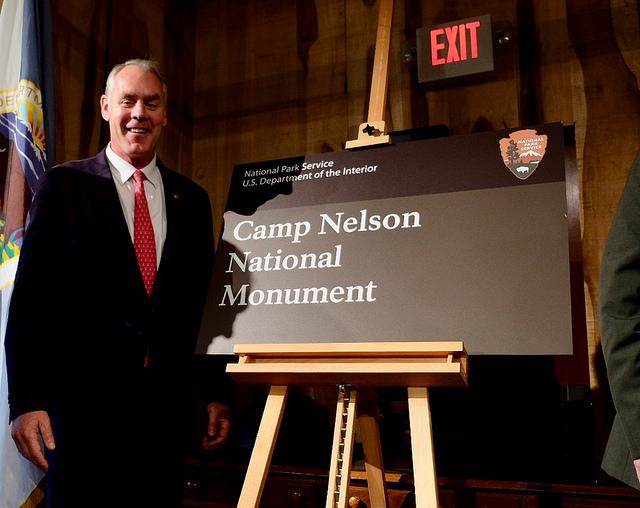GRAND CANYON, Ariz.—When the National Park Service saw visitation at the Grand Canyon climb to 1 million people in 1956, the agency realized the park would need more water to meet the demand. But it wasn’t a simple task.
Engineers were challenged to construct a 12.5-mile pipeline from the North Rim, dropping into and traversing the canyon, before climbing 3,000 feet up to the South Rim. While the view for the workers would be majestic, installing the aluminum pipe in the rugged, unforgiving terrain would require the best technology of the time.





